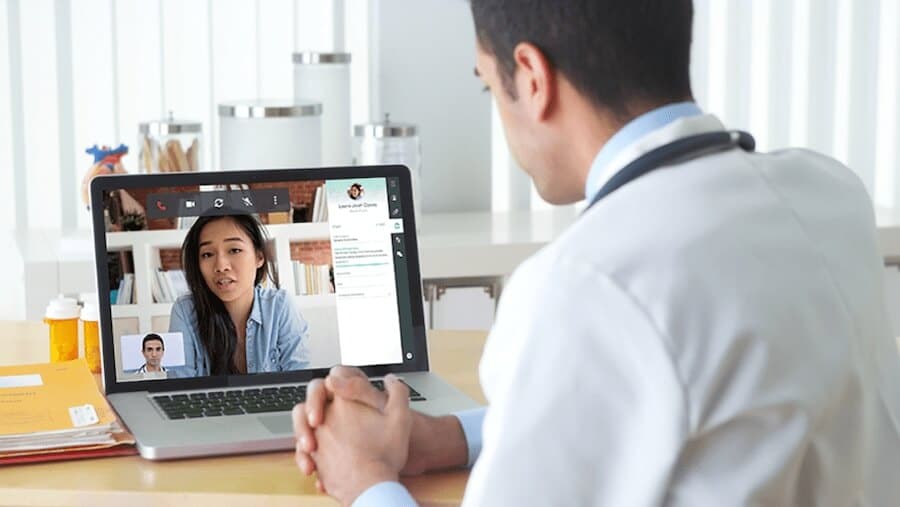The use of Continuous Glucose Monitoring (CGM) technology has dramatically evolved over the past few years, bringing significant advancements to diabetes management. Personal CGM use in hospitals is a notable development in this field, providing enhanced glucose monitoring capabilities that offer several benefits for both patients and healthcare professionals. This blog delves into the feasibility of integrating personal CGMs into hospital settings and examines why this technology is increasingly favored by both nurses and patients.
What is Personal CGM Use in Hospitals?
Defining Personal CGM
Personal Continuous Glucose Monitoring (CGM) systems involve wearable devices that measure glucose levels in real-time throughout the day and night. These devices provide continuous data on glucose levels, which helps in managing diabetes care more effectively. Unlike traditional fingerstick methods, personal CGMs offer a comprehensive view of glucose trends, facilitating better decision-making regarding insulin adjustments and other treatments.
Role in Hospitals
In hospital settings, personal CGM use has the potential to transform diabetes management. Hospitals are increasingly adopting these devices to monitor patients’ glucose levels continuously, offering a more detailed understanding of glucose fluctuations. This integration allows for timely interventions and improved overall patient care.
Feasibility of Personal CGM Use in Hospitals
Technical and Logistical Considerations
Implementing personal CGMs in hospitals involves several technical and logistical challenges. First, the compatibility of CGM devices with existing hospital systems is crucial. Hospitals need to integrate CGM data with Electronic Health Records (EHR) systems to ensure seamless data sharing and enhance diabetes care. Additionally, hospitals must address the challenges related to device calibration, data accuracy, and routine maintenance.
Another aspect of feasibility is cost. Personal CGMs represent a significant investment for hospitals, and the cost of these devices must be weighed against their benefits. This includes considering both the initial purchase price and ongoing maintenance costs. Hospitals need to evaluate whether the long-term benefits of using personal CGMs justify the financial outlay.
Training and Education
Successful implementation of personal CGMs in hospitals requires thorough training for healthcare professionals. Nurses and other staff members must be proficient in using these devices and interpreting the data they provide. Comprehensive education for patients is also essential, ensuring they understand how to use the technology and respond to its alerts. To optimize the advantages of using personal CGMs in hospitals, effective training and education initiatives are essential.
Benefits of Personal CGM Use in Hospitals
Enhanced Glucose Control
One of the primary benefits of personal CGM use in hospitals is improved glucose control. Continuous monitoring allows for precise adjustments to insulin and other diabetes medications, leading to better management of glucose levels. This continuous data is particularly valuable in a hospital setting where patients may experience fluctuations in glucose levels due to stress, illness, or changes in treatment.
Read More About Glucose Monitors May Misclassify Risk of Diabetes in Individuals
Increased Patient Comfort
A less intrusive substitute for conventional glucose monitoring techniques is the personal CGM. Patients benefit from reduced discomfort as they do not need to undergo frequent fingerstick tests. This increased comfort can significantly enhance the hospital experience and contribute to higher patient satisfaction.
Timely Intervention
The real-time data provided by personal CGMs enables timely intervention in case of glucose abnormalities. Alerts and trend information help healthcare providers respond quickly to potential issues, such as hypoglycemia or hyperglycemia. This proactive approach is crucial for preventing severe complications and ensuring optimal diabetes care.
Nurse and Healthcare Provider Preferences
Streamlined Monitoring Processes
Nurses and healthcare providers appreciate the efficiency of personal CGMs in streamlining glucose monitoring processes. Continuous data reduces the need for frequent manual testing, allowing healthcare professionals to focus on other critical aspects of patient care. This efficiency can lead to improved workflow and better use of hospital resources.
Accurate and Comprehensive Data
Personal CGMs provide accurate and comprehensive glucose data, which enhances decision-making in diabetes care. Detailed information about glucose trends helps healthcare providers make informed adjustments to treatment plans. This accuracy is essential for effective management of patients’ diabetes, particularly in a hospital setting.
Reduced Administrative Burden
Integration of CGM data with EHR systems reduces the need for manual data entry. Automated data sharing reduces the possibility of mistakes and saves time, increasing hospital operations’ overall effectiveness. This streamlined process supports better coordination and communication among healthcare teams. Personal CGM Use in Hospitals.
Challenges and Considerations
Device Maintenance
Maintaining the accuracy and functionality of personal CGMs requires regular checks and calibration. Hospitals must establish protocols for device maintenance to ensure reliable performance. Addressing these maintenance needs is crucial for sustaining the benefits of Personal CGM Use in Hospitals.
Patient Education and Support
Effective patient education is essential for the successful use of Personal CGM Use in Hospitals. Patients need to be informed about how to use the devices, interpret the data, and respond to alerts. Providing ongoing support and education helps maximize the effectiveness of CGMs and enhances patient outcomes.
Data Privacy and Security
With the integration of CGMs into hospital systems, data privacy, and security become critical concerns. Hospitals must ensure that patient data is protected and that they comply with regulations governing electronic health information. Implementing robust security measures is essential for maintaining patient trust and confidentiality.
Future Prospects
Technological Advancements
The future of personal CGM use in hospitals looks promising, with ongoing advancements in technology. Innovations such as improved sensors, enhanced data analytics, and integration with other health monitoring systems will continue to enhance the effectiveness of Personal CGM Use in Hospitals. These advancements will further support diabetes care in hospital settings.
Conclusion
Personal Continuous Glucose Monitoring (CGM) systems have the potential to significantly enhance diabetes care in hospital settings. By providing continuous, real-time glucose data, personal CGMs offer numerous benefits for both patients and healthcare providers. While challenges related to cost, maintenance, and education exist, the overall impact of personal CGMs on diabetes care is profound. As technology continues to advance, personal CGMs will likely become an integral part of hospital diabetes care, improving patient lives and outcomes.


